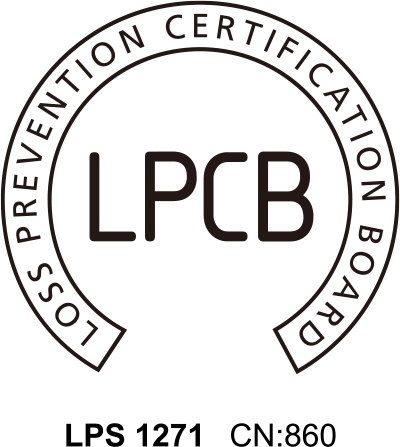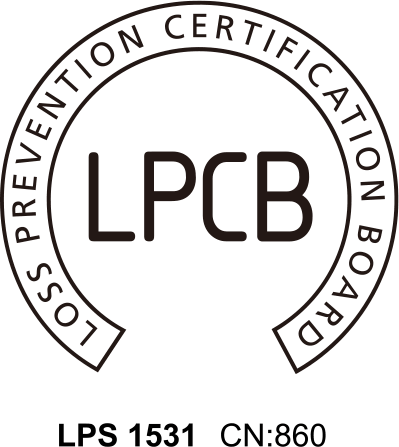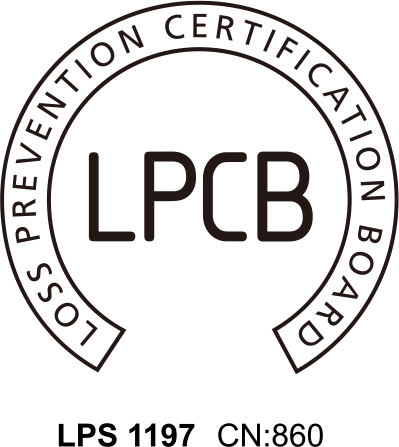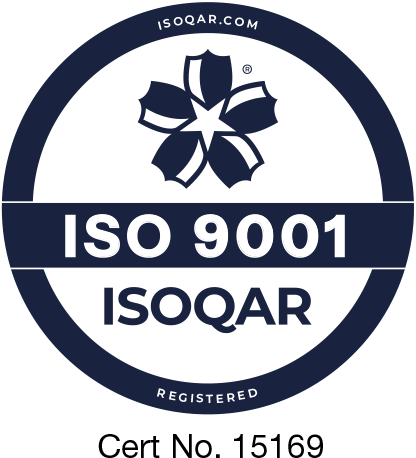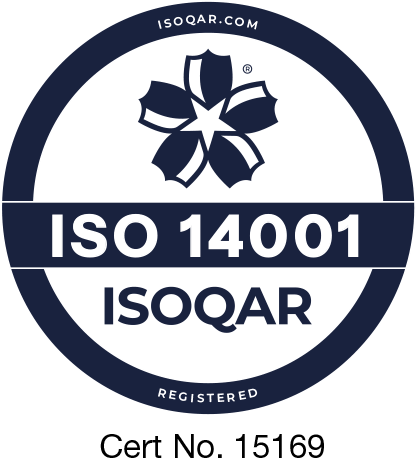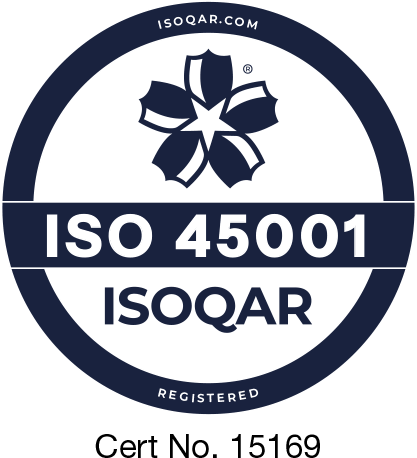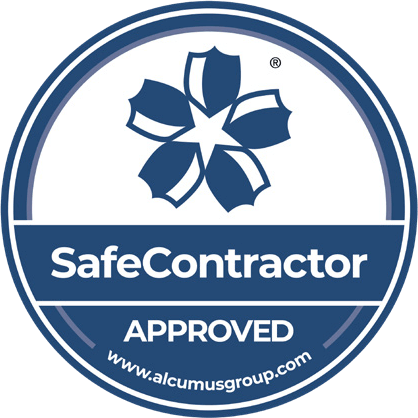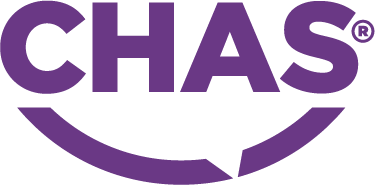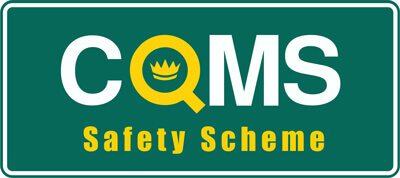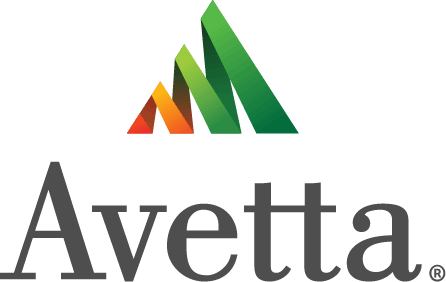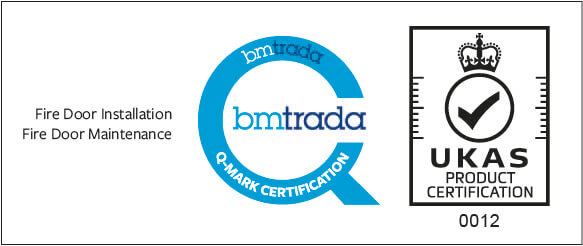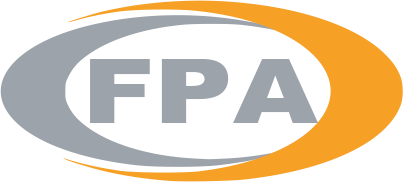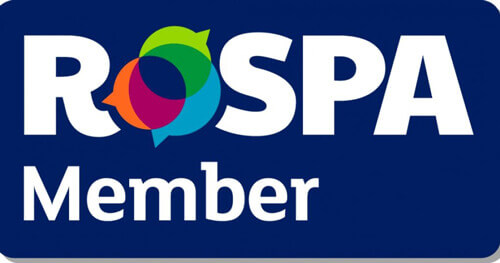-
30+ YEARS
Exceptional industry standards
-
Nationwide
Responsive teams UK-wide
-
Fully certified
LPCB, Firas, BM Trada & ISO
The introduction of the Building Safety Act, which was granted Royal Assent on 28 April 2022, has redefined how we navigate risk, responsibility, and regulation across the built environment. It’s no longer enough to intend to build safely. You must prove, in clear and coordinated terms, that your project meets the stringent standards demanded by the Building Safety Regulator throughout the entire building lifecycle.
As the second – and perhaps most demanding – checkpoint in the Building Safety Act’s framework, Gateway Two brings significant challenges for those involved in the construction of higher-risk buildings. More than a tick-box exercise, this process requires careful planning and rigorous scrutiny to safeguard the integrity of the overall project. Without approval at this stage, construction simply can’t commence. Understanding exactly what’s required is therefore essential to getting assignments out of first gear smoothly – avoiding costly delays, mitigating design setbacks, and keeping compliance in focus.
How fire safety fits into Gateway Two
Gateway Two isn’t just another regulatory hoop to jump through. This is a legally mandated stop where the fire safety of your entire scheme is put under the microscope. And under the new regime, there’s no sidestepping who’s responsible.
The duty to ensure fire safety compliance sits squarely with ‘accountable persons’ (APs), or ‘principal accountable persons’ (PAPs) – the individuals or organisations legally recognised as responsible for managing building safety risks in higher-risk buildings. This includes buildings that are at least 18 meters in height or have at least seven stories and contain at least two residential units. If you’re an AP, your job is to identify, assess, and manage the risks posed to people in and around the building from the spread of fire or structural failure in the parts of the building you control.
It’s not enough to simply understand the regulation. You must show, on paper and in practice, that every requirement is being met. While it’s possible to delegate certain duties to specialists or managing agents, the responsibility – and therefore the liability – ultimately stays with the AP at every stage. This includes ensuring any documentation for a project’s Gateway Two application clearly demonstrates how fire safety has been considered, coordinated, and embedded into the building from the ground up.
Where higher-risk building projects get stuck
Fire safety can’t be an afterthought you race to collate information for, before submitting your Gateway Two application.
A successful submission demands a complete set of plans, detailed specifications, and comprehensive schedules that describe all the proposed works. Each must be meticulously catalogued in a single reference file, along with all supporting documents, strictly adhering to Regulation 4 of The Building (Higher-Risk Buildings Procedures) (England) Regulations. If these factors aren’t embedded from the beginning, you’ll likely face delays, reworks, or even outright rejections that compromise the entire project.
It’s a heavy weight to bear, especially for APs with a mounting number of responsibilities to shoulder, including developers, architects, tier-one contractors, local authorities, healthcare providers, and student accommodation specialists. You're expected to master evolving regulations and align different stakeholders while keeping complex programmes moving – often under tight timelines and tighter budgets.
Even when you have experienced internal teams, coordinating compliance across disciplines – architectural, mechanical, structural, fire strategy, and more – can be a challenge. And it’s not just about the technical detail. It’s about pulling it all together into a single, coherent submission that satisfies the building safety regulator’s requirements and stands up to scrutiny. That’s not easy when your project is moving fast and your risk profile is high, with even the smallest missteps bringing construction to a standstill.
How Checkmate Fire eases the headache
We know managing fire safety compliance for Gateway Two can be daunting, especially when project success hangs in the balance of your submission.
Not to mention, with the regulator moving from the Health & Safety Executive to a dedicated agency within the Ministry of Housing, communities and local government the 2025 reforms have sharpened oversight. Acknowledging past shortcomings, the government is now increasingly applying a more stringent and proactive scrutiny of risks to better safeguard modern built environments. While this is a positive step in improving safety and responsiveness within our industry, these changes mean compliance remains a complex and exacting process for our clients. We’re here to take that pressure off.
Providing end-to-end support backed by decades of experience, our trusted experts integrate passive fire protection into the fabric of every project. We help APs identify, asses, and manage a project’s unique fire risks from the design phase through to completion, keeping everything on track and reducing the risk of delays, rework, or last-minute compliance issues. It’s a joined-up approach that supports smoother delivery now, while shaping safer spaces that protect lives and property well into the future.
Our comprehensive Gateway Two services include:
- Producing detailed fire safety drawings and plans that demonstrate compliance with Building Regulations.
- Preparing accurate site location plans at a minimum scale of 1:1250.
- Developing construction control plans that outline how fire safety measures will be implemented, monitored, and maintained on site.
- Writing building regulation compliance statements aligned with relevant guidance, standards, and design codes.
- Creating mandatory occurrence reporting plans that define how incidents will be identified, managed, and reported.
- Drafting change control plans to ensure any variations are fully assessed, justified, and recorded.
- Compiling fire and emergency files that set out how fire safety and structural integrity will be maintained once the building is occupied.
But our support doesn’t end at submission. Once your application is approved, we continue to help you stay compliant with a full suite of passive fire protection services. This includes conducting fire door and compartmentation surveys, delivering certified passive fire protection solutions, installing and maintaining fire-stopping systems and fire doors, and offering planned maintenance programmes to ensure long-term compliance. As a third-party accredited provider, everything we deliver is independently audited by organisations like the BRE/LPCB. So, you can be confident your building meets the highest standards, now and in the future.
Get in touch and unlock confident Gateway Two compliance today.
If you require assistance with your applications, contact our team who can guide you through your application process and deliver the required fire safety improvements in Higher-Risk Buildings (HRBs) across a wide variety of sectors including; student accommodation, housing and healthcare.
.jpg)
